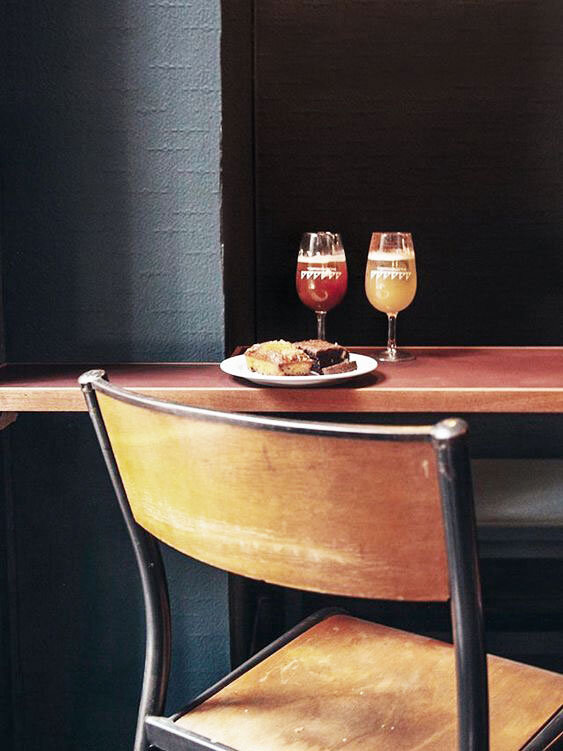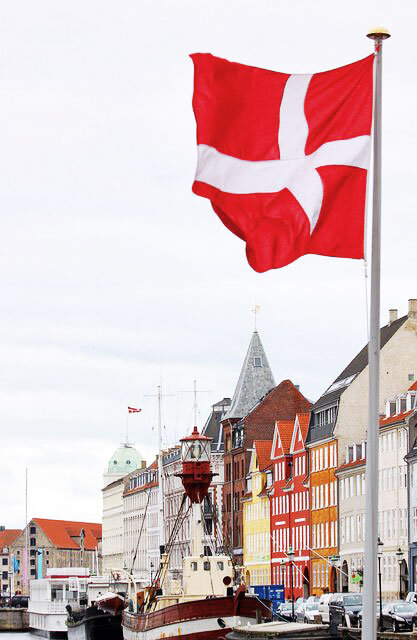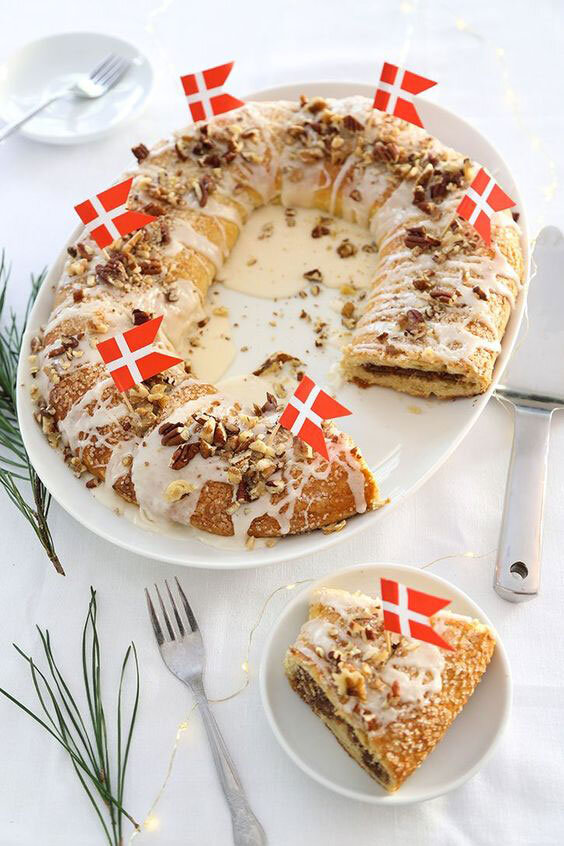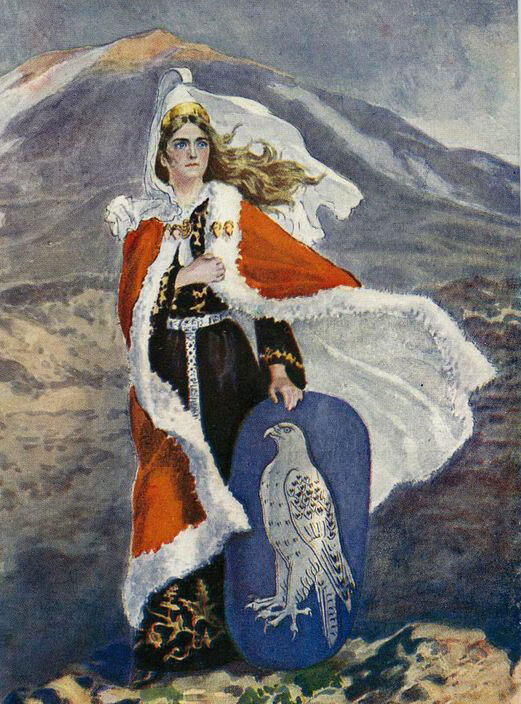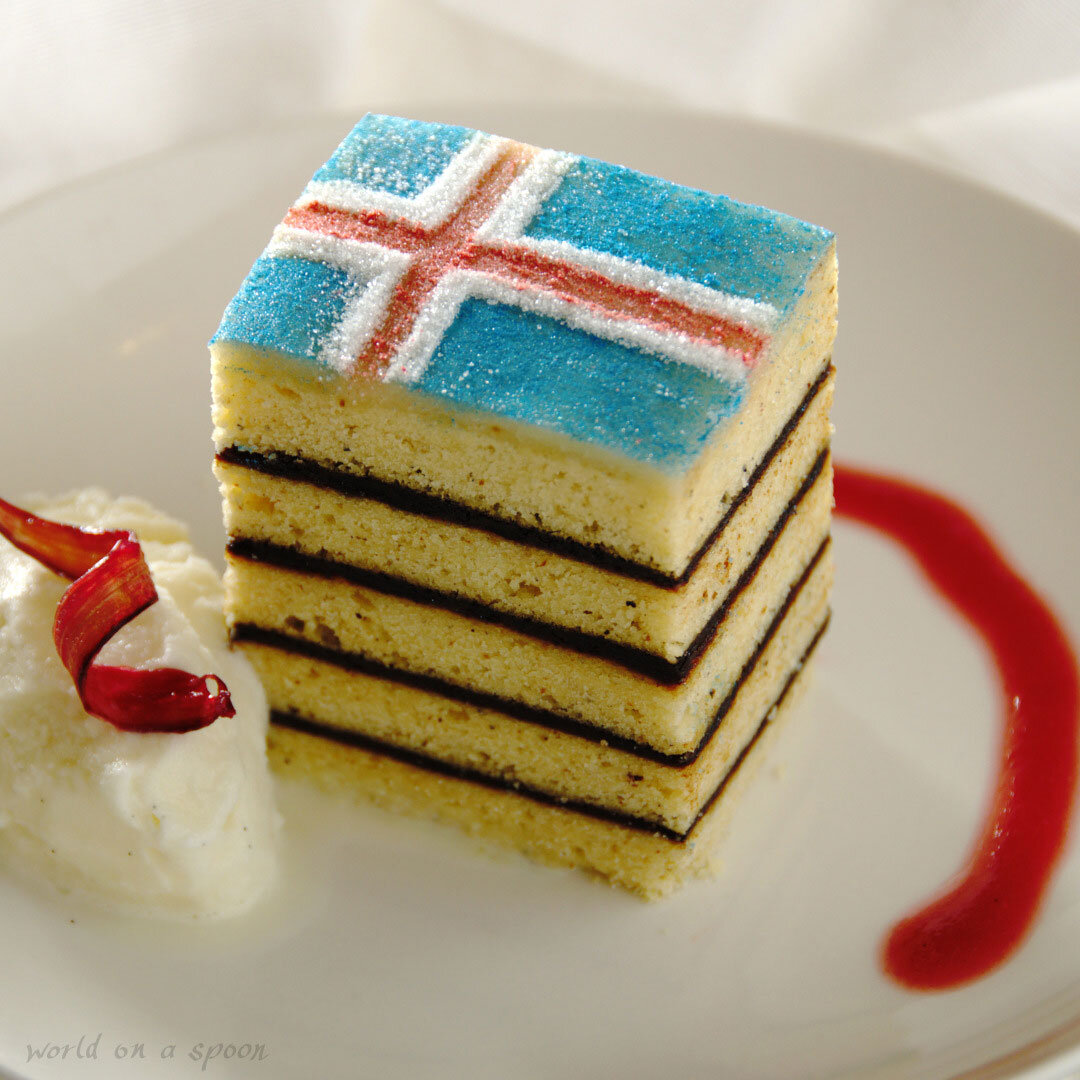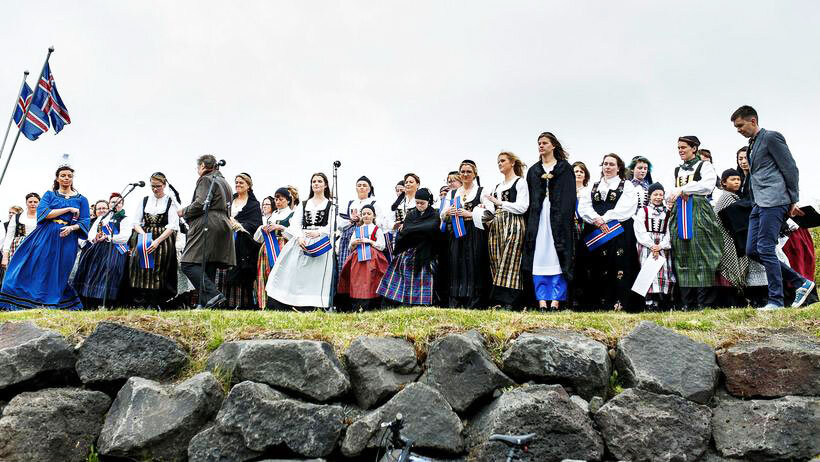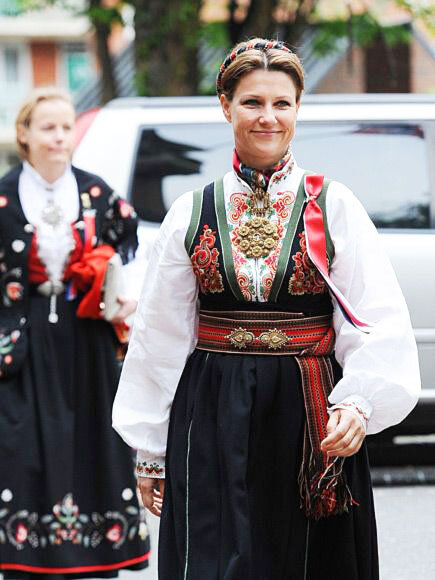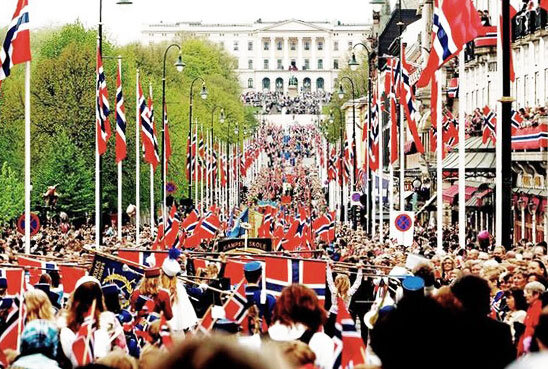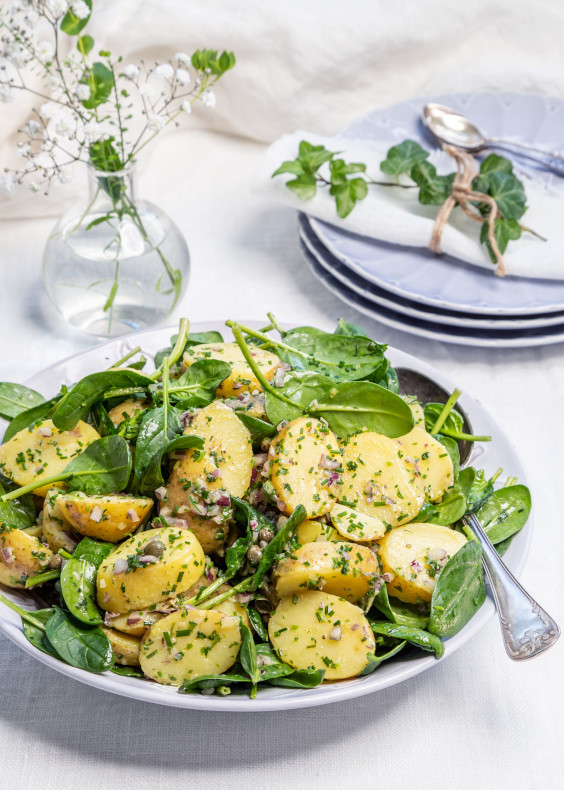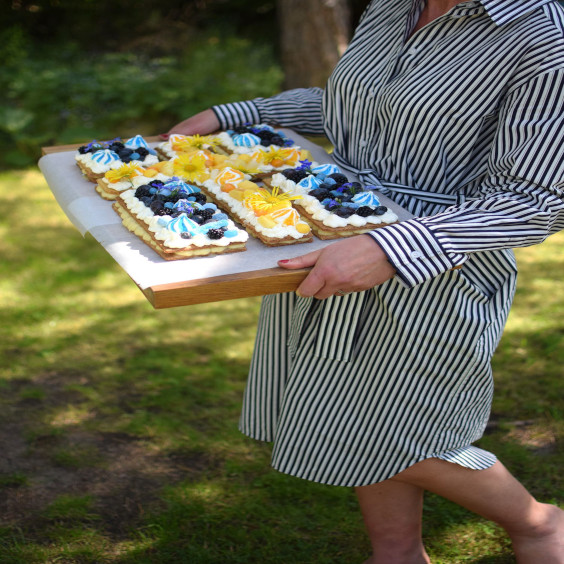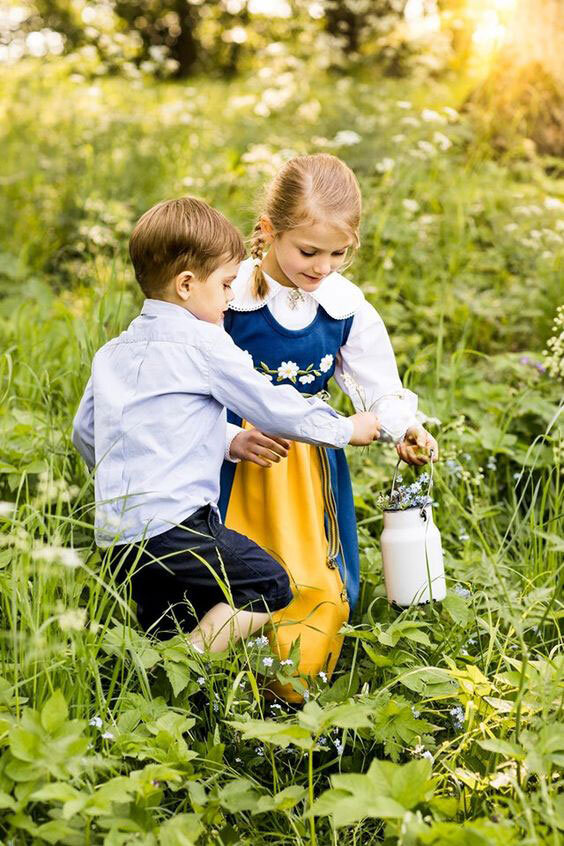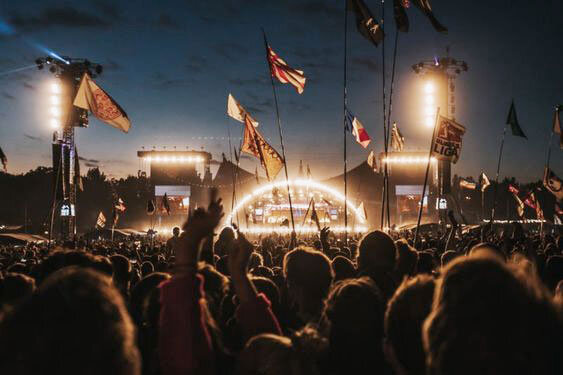Celebrating Summer with the best Scandinavian traditions we love
Scandinavian countries may be amongst some of the most technologically advanced in the world, but that doesn’t stop them from maintaining traditions that have been a staple of life for centuries. Nordic nations can definitely celebrate their heritage and they’re proud of everything that comes with it. If you love summer and you’re tired of just staring at your summery Project nord’s poster, have a look at some of the most amazing Scandinavian traditions you can celebrate!
Midsummer
Midsommar, translated as midsummer, is observed by Sweden, Denmark, Norway ad Iceland. Midsummer is the longest day of the year, and was considered a very important day in the Pagan calendar. Even the Vikings would celebrate with large bonfires to keep evil spirits at bay.
The Swedes take Midsummer a little more seriously. They also are the only ones to keep the name as Midsommar. Icelanders call this holiday Jónsmessa and it falls on 24th June, the longest day of the year, when the darkness lasts only for about 3 hours. It’s a big celebration for both Iceland and Sweden. Flowers and dancing around the maypole are very common. In Denmark and Norway, Midsommer is known as St Hans Aften or St John’s Eve.
It’s still common even today to see bonfires throughout the Scandinavian countries in celebration of this day. Usually, a witch is placed on the bonfire, and songs are sung. The early 19th century was when the witch burning tradition became commonplace.
A typical Midsummer dish is different types of pickled herring with boiled potatoes and fresh dill for a starter. This is then followed by something grilled such as salmon. For dessert, strawberries and cream are a classic.
National Days (NationaldaG)
How seriously our Viking friends from the North take their Nationaldag, which translates as “the national day”, varies from country to country. Nevertheless, it’s another reason to celebrate and Scandinavians definitely wouldn’t miss that opportunity. As a foreigner in these countries, you can be pleasantly surprised with how many days off Nordic countries have in their calendar. We definitely won’t complain! It’s only more time to explore all the amazing spots around Scandinavia!
Denmark
Denmark is one of the few countries in the world which doesn’t celebrate national day. However, they celebrate Constitution Day, on 5th June, or a day widely considered as the one when they celebrate Danish democracy.
There’s no parades or marching, but you’ll get a day off work, which definitely counts.
Denmark’s National Day does, however, also happen to be Fathers Day. So, if you’re a dad, then you can enjoy a full day of pampering from your family.
ICELAND
Iceland’s National Day is connected to a lot of historic events, and therefore has a special meaning in Iceland’s past. It’s celebrated annually on the same day and marks the foundation of The Republic of Iceland on 17th June 1944. Not only that Icelanders celebrate the independence from Denmark after centuries under their sovereignty, but also birthday of Jón Sigurðsson, an important figure in Icelandic culture and father of Icelandic independence movement.
The national celebration is kicked off with parade in urban areas and followed by speeches from, except others, Fjallkonan or the woman of the mountain, representation of fierce Icelandic nation.
Norway
Unlike in Denmark, Norway’s National Day it’s a huge event and widely celebrated all over the country. Occuring on the 17th of May each year, this day is of particular importance to Norwegians because it happens to be the day that Norway also signed its own constitution and it became truly independent from its Scandinavian neighbours in 1814.
The original celebrations were swiftly cut short after Norway agreed to join a union with Sweden. The king of both countries then promptly announced that any celebration of Norwegian constitution was banned.
Thankfully, the ban only lasted for a decade before celebrations resumed in full force and have been a thing ever since.
Sweden
Sweden’s National Day falls on the 6th of June each year. On that day back in 1523, the election of king Gustav Vasa declared Sweden an independent country.
The original Swedish National Day was in fact Midsummer. So much so, that it would be celebrated twice a year, at least during the 1890s. However, after the union with Norway broke down in 1905 and both countries once again became separate, the 6th of June became the de facto date.
Interestingly, Sweden’s National Day only became a public holiday quite recently back in 2005. The idea behind making the day a public holiday was that it would encourage more people to celebrate it.
Summer Festivals
Scandinavians, whatever have been said about them, are for sure party people! And they love summer festivals. No wonder then that they hold some of the biggest festivals in whole Europe. So, the weather is not the only reason why visit Scandinavia during summer!
Roskilde Festival
Roskilde Festival has increasingly gained popularity with those outside Denmark over the last decade. Kicked off in 1971 by two high school students and a promoter, it is one of the largest festivals in Europe, and the largest festival in Northern Europe.
Nowadays, Roskilde Foundation runs the festival as a non-profit organisation to continually develop and support music. Since 2014, it’s also possible for the participants to nominate which organisations should recieve the funds raised by the festival itself.
Roskilde Festival 2020 will the the festival’s 50th anniversary. If you fancy experiencing it for yourself, then you can find more information on the Roskilde Festival website.
Festspillene i Bergen
The oldest and biggest festival in Norway has been celebrated since 1953. It presents all kinds of art forms, from music concerts to art exhibitions and theatre, overall more than 400 events over the course of 15 days. It takes place over the last weeks of May and first week of July in the city of Bergen.
And except others, past few years have been special for the effort they’ve put into the design behind the festival. No matter the tradition, the graphics are definitely up to date and Norway is once again proving that it’s a capital of Scandinavian design!
Copenhagen Distortion
We just can’t leave this one out of the list! Copenhagen Distortion is one of the biggest festivals in Europe. Under the wings of independent non-profit organisation, this festival is an annual hit here in Scandinavia.
There are literally people traveling from all of Nordic countries, and from the other corners of Europe, to experience this amazing 5-day event in the centre of the Nordic capital, Copenhagen.
Distortion, always falling on the first weekend of June, takes place literally in the streets of Copenhagen. First day means the end of year-long waiting and the start on one massive party.
As the organisers themselves claim: “All types of festival guests are welcome and all kinds of party organizers can hold their own street party. It is an essential part of the festival and one of its great strengths. The more we are and the more diverse we are, the better.”
If you ever plan on visiting Scandinavia, save the date! Well, of course, only if you’re good with crowds. The first day of Distortion usually hold about 2 million people in the neighbourhood of Nørrebro!
Whether you're just looking for a bit more information about Scandi traditions, or if you fancy having a go at some of these yourself whilst you're visiting Scandinavia, we hope you've enjoyed our roundup.
Written by Jack Luke Fitzsimons
Images sourced from Pinterest and Project Nord website


